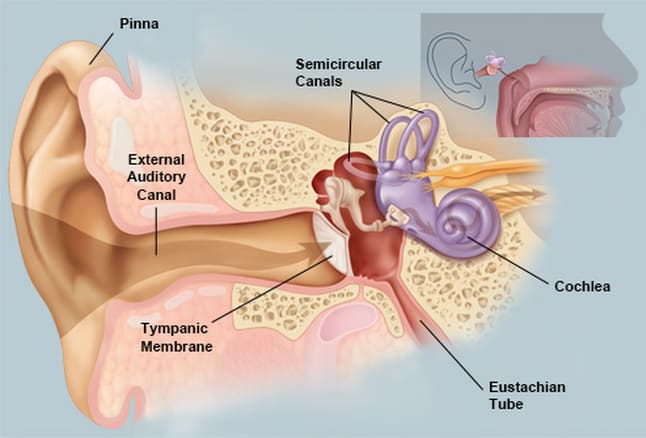WHAT IS LISTENING THERAPY?
Listening to music has long been used to evoke emotion. We all have our favorite sad song or happy song, we hum along in the car, we even sing in the shower. Beyond listening to music for enjoyment, you can improve brain function using music. Listening therapy uses specifically modulated music to do this.
Whether classical, instrumental or vocal, the music used in listening therapy programs is altered in a variety of ways for therapeutic effect. For example, a child with a reading problem or difficulty with language, may listen to specific tracks of music that emphasize what is called the ‘language zone’, 750 – 4,000 Hz, to improve the perception and discrimination of the sounds of language necessary for decoding and phonemic awareness. These skills are essential for reading proficiency.
We know that music and language use the same neurological pathways. The rapidly changing sounds and variations in pitch within music improve processing speed, a major stumbling block for many people with dyslexia, auditory processing, attention and listening difficulties.
Since the basis of a listening therapy is sound, most commonly music, most programs include the full sound spectrum of 20 Hz – 20,000 Hz. A more tailored program designed to target the identified goals will also include tracks where specific frequencies of the music are emphasized to reinforce the neural network associated with these goals.
Another way music is modulated for listening therapy is by emphasizing certain frequencies. This may be done in several ways, such as slightly boosting the volume levels of desired frequencies.
Interested in learning more?
See how learning therapy programs can help you or your clients. Talk to a Unyte-iLs consultant!
“We know that music and language use the same neurological pathways. The rapidly changing sounds and variations in pitch within music improve processing speed, a major stumbling block for many people with dyslexia, auditory processing, attention and listening difficulties.”
Listening therapy mechanism and delivery
Listening therapies are typically delivered through headphones rather than speakers because the quality of sound is controlled while minimizing ambient, or background, noise. Some headphones used to deliver listening therapies also include bone conduction, a natural process of sound transmission that sends gentle vibrations of the music to the inner ear. This not only sends sound to the hearing part of the inner ear, called the cochlea, but also activates the vestibular organ of the inner ear, to improve balance, posture, movement and spatial awareness.
Children and adults with ‘hyperaroused’ systems may benefit from music that contains more low frequencies. Lower frequencies, especially when coupled with bone conduction, are more grounding.

Where and how can I do it?
With stories of significant improvement in many areas, listening therapy has gained great momentum as a home-based intervention. The brain has the ability to change with appropriate input – this is called neuroplasticity. Yet, it doesn’t happen with just one try. To create lasting change, input must be repeated over time to change neural networks.
Home use allows the frequency of use needed to create change. The portability and ease of use of current listening therapies makes home programs convenient and affordable.
Listening therapy in healthcare professional settings
Professionals who use listening therapy in a therapeutic setting include occupational therapists, speech/language therapists, physical and rehabilitation therapists, mental health counselors, psychologists, physicians and trauma specialists.
As listening therapy can tremendously impact learning outcomes, numerous classroom teachers, special education teachers, school occupational therapists and speech/language specialists, and tutors offer listening therapy. You will also find listening therapy in hospitals, trauma centers and nursing homes.
Ways to Enhance Listening Therapy
To further improve body organization, listening therapy combined with specific physical movement activities and cognitive challenges, creates an effective multisensory intervention.
While some listening therapies use generic programs, designed to help anyone of any age, look for listening therapies that create programs designed to target specific goals that the user has identified as problem areas. The most sophisticated and valuable listening therapies are customized to address specific issues such as learning challenges, focus and attention issues, motor planning difficulties, auditory processing and reading proficiency.
Sound goes everywhere in the brain and is not isolated to just the hearing or auditory centers. The neural pathways for sound are improved and strengthened through neuroplasticity while also making new connections. With proper input of beneficial sound, and repeated over time, one will see the various ways listening therapy improves brain function.
Interested in learning more?
See how learning therapy programs can help you or your clients. Talk to a Unyte-iLs consultant!






 © 2025 Unyte Health US Inc.
© 2025 Unyte Health US Inc.